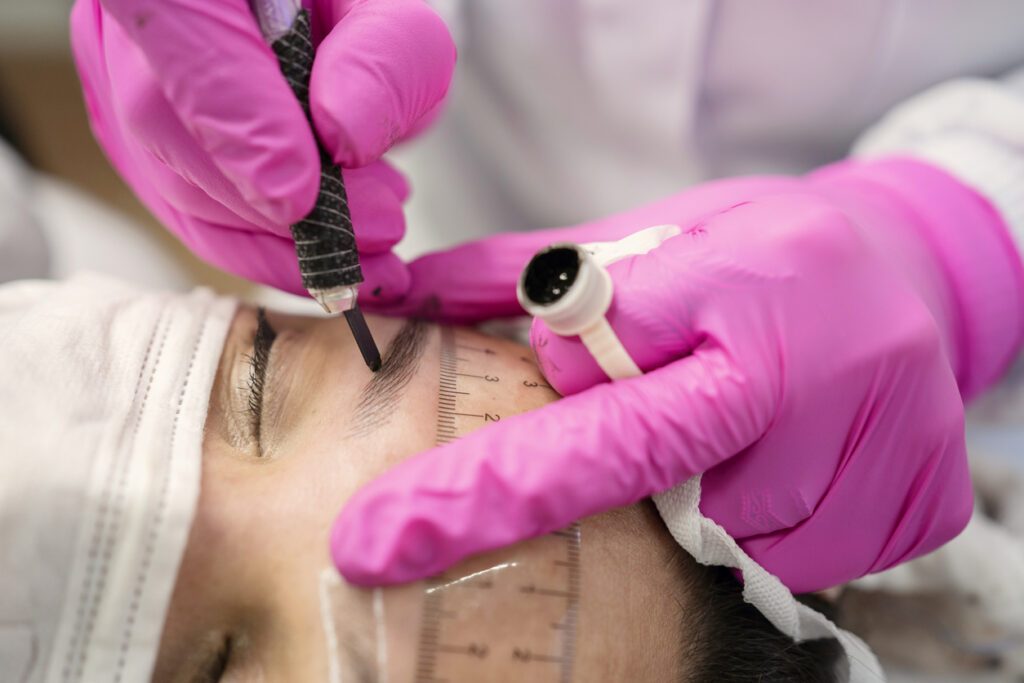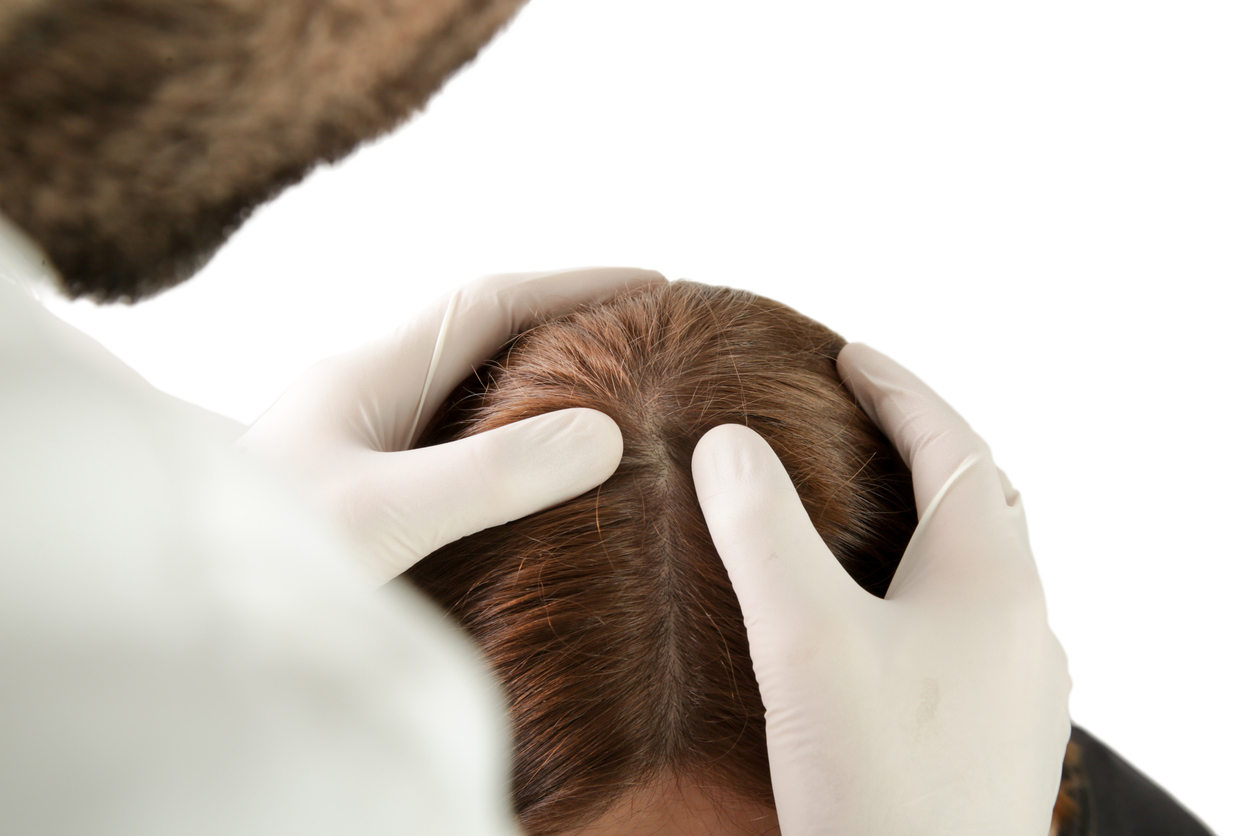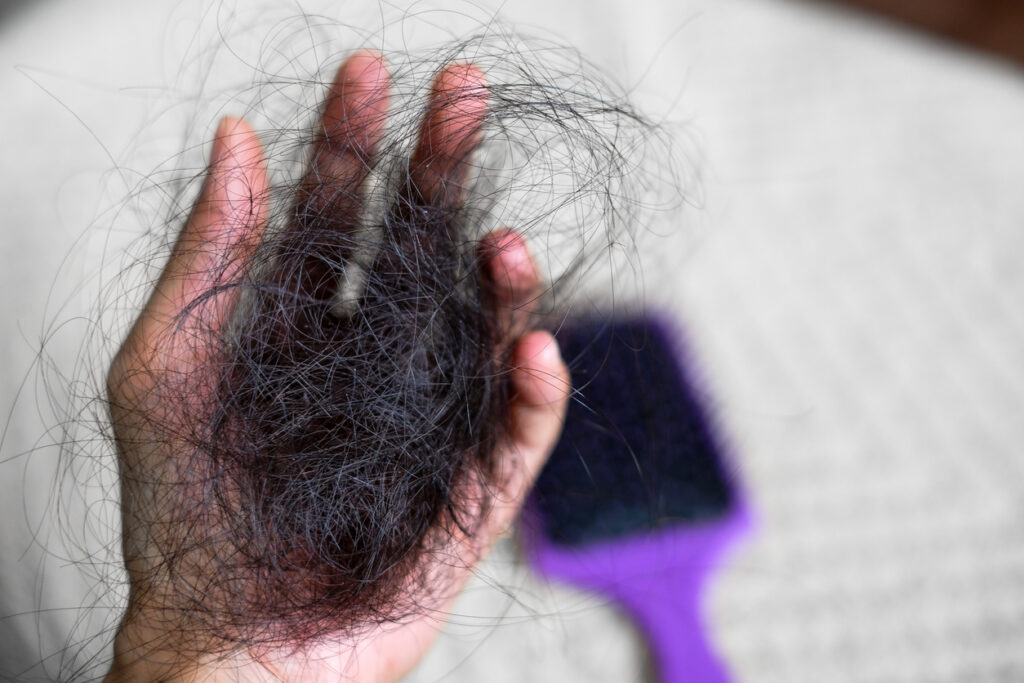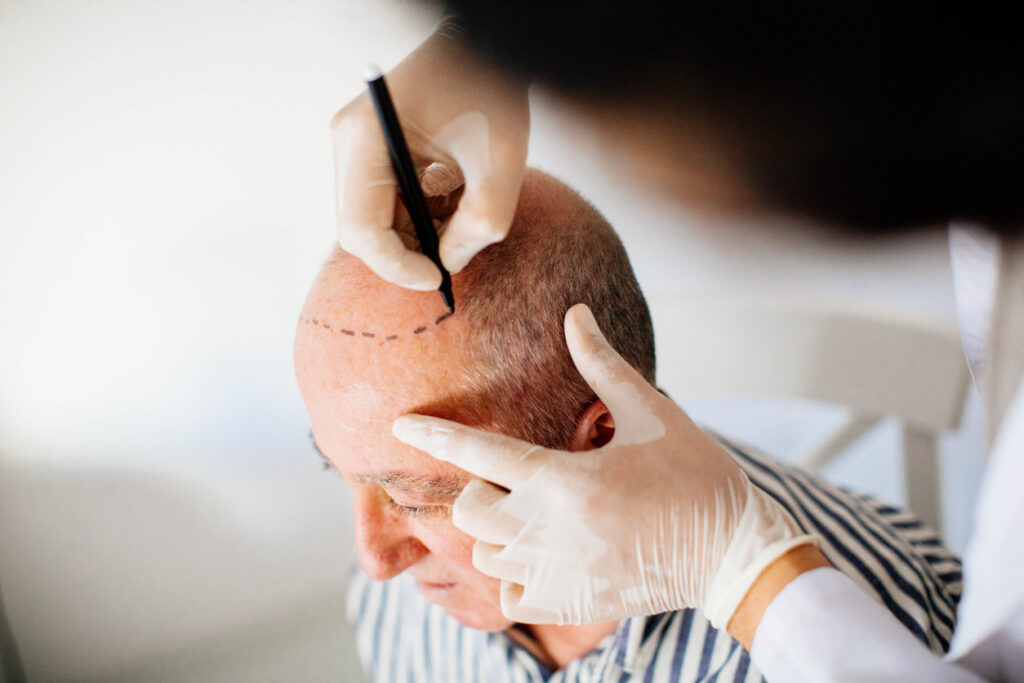What the Recovery Process Looks Like After Hair Restoration in Calgary
Hair transplantation is a highly effective and popular solution for individuals experiencing hair loss or thinning. The procedure involves transplanting hair follicles from a donor area to the recipient site, where the hair is thinning or balding. While hair transplantation offers long-lasting and natural-looking results, it is essential to understand the recovery process and follow post-operative care instructions for optimal outcomes.
Learn more about the recovery process after hair transplantation and hair restoration in Calgary and gain tips to ensure a smooth recovery.
Immediately After the Procedure
Immediately after the hair transplantation procedure, patients may experience some mild discomfort, swelling, and redness in the treated areas. This is normal and usually subsides within a few days. The surgeon will provide detailed instructions on how to care for the newly transplanted hair and the donor site, as well as any medications prescribed to manage discomfort or prevent infection.

First Few Days
During the first few days after the hair transplantation procedure, it is essential to take proper care of the scalp to promote healing and minimize any potential complications. Avoid touching or scratching the treated areas, as this could dislodge the newly transplanted hair follicles. It’s also recommended to sleep with your head elevated to reduce swelling.
Post-Operative Care
Following the post-operative care instructions provided by the surgeon is crucial for a successful recovery. These instructions may include:
- Gently washing the scalp with a prescribed shampoo or a mild, non-medicated shampoo to keep the area clean and prevent infection.
- Avoiding exposure to direct sunlight, extreme heat, or harsh chemicals that may irritate the scalp and slow down the healing process.
- Refraining from heavy physical activities and strenuous exercise that could increase blood flow to the scalp and disrupt the newly transplanted hair follicles.
- Avoiding smoking and alcohol consumption, as they can interfere with the healing process.
- Taking any prescribed medications as directed to prevent infection and manage post-operative discomfort.
First Two Weeks
During the first two weeks after hair transplantation, patients may notice some shedding of the transplanted hair. This is a normal part of the process, and it is essential not to be alarmed. The hair follicles undergo a resting phase before new hair growth begins, typically around the third or fourth month after the procedure.
Weeks Three to Four
As the scalp continues to heal, patients may experience some itchiness in the treated areas. It is crucial to resist the urge to scratch or pick at the scalp, as this can damage the hair follicles and delay the healing process. If itching becomes bothersome, patients can consult their surgeon for recommended remedies.
Months Two to Six
Between months two to six post-transplantation, patients can expect to see some new hair growth. The transplanted hair will gradually start to grow and fill in the areas of thinning or balding. It’s important to keep in mind that hair growth is a gradual process, and the final results may take up to a year or more to become fully visible.
Long-Term Recovery and Results
After the initial recovery period, patients can typically resume their normal daily activities, including regular hair care routines. The transplanted hair will continue to grow and blend in with the existing hair, providing a natural and seamless appearance. Patients are encouraged to maintain regular follow-up appointments with their surgeons to monitor progress and address any questions or concerns.
Conclusion
Hair transplantation and hair restoration in Calgary offer an effective and permanent solution for individuals experiencing hair loss or thinning. The recovery process after hair transplantation is relatively straightforward, but it requires proper care and adherence to post-operative instructions. By following the surgeon’s guidelines, patients can promote healing, reduce complications, and achieve long-lasting, natural-looking results. As the transplanted hair continues to grow and blend in with the existing hair, patients can enjoy restored confidence and a renewed sense of self-assurance.
Prime Hair Clinic provides customers everywhere with a variety of effective hair restoration methods. With 25 years of experience and professionals who specialize in hair transplant in Calgary, you can expect to receive outstanding results and a thicker head of hair. Aside from hair transplant, our hair clinic in Calgary also offers beard and eyebrow transplant and scalp micro pigmentation to ensure that all your needs are met. Prime Hair Clinic is dedicated to giving you the hair restoration you need with our adept skills and services.




















